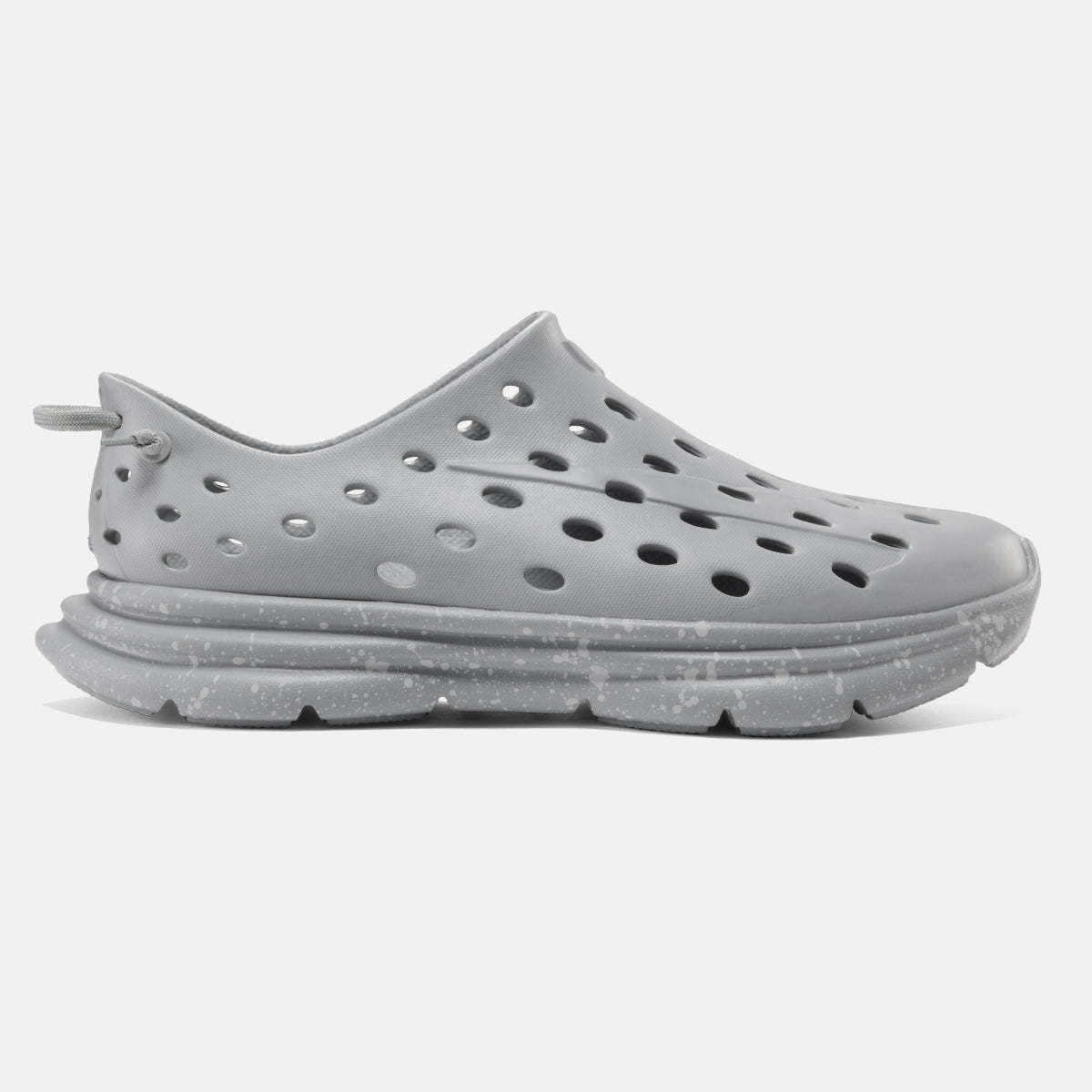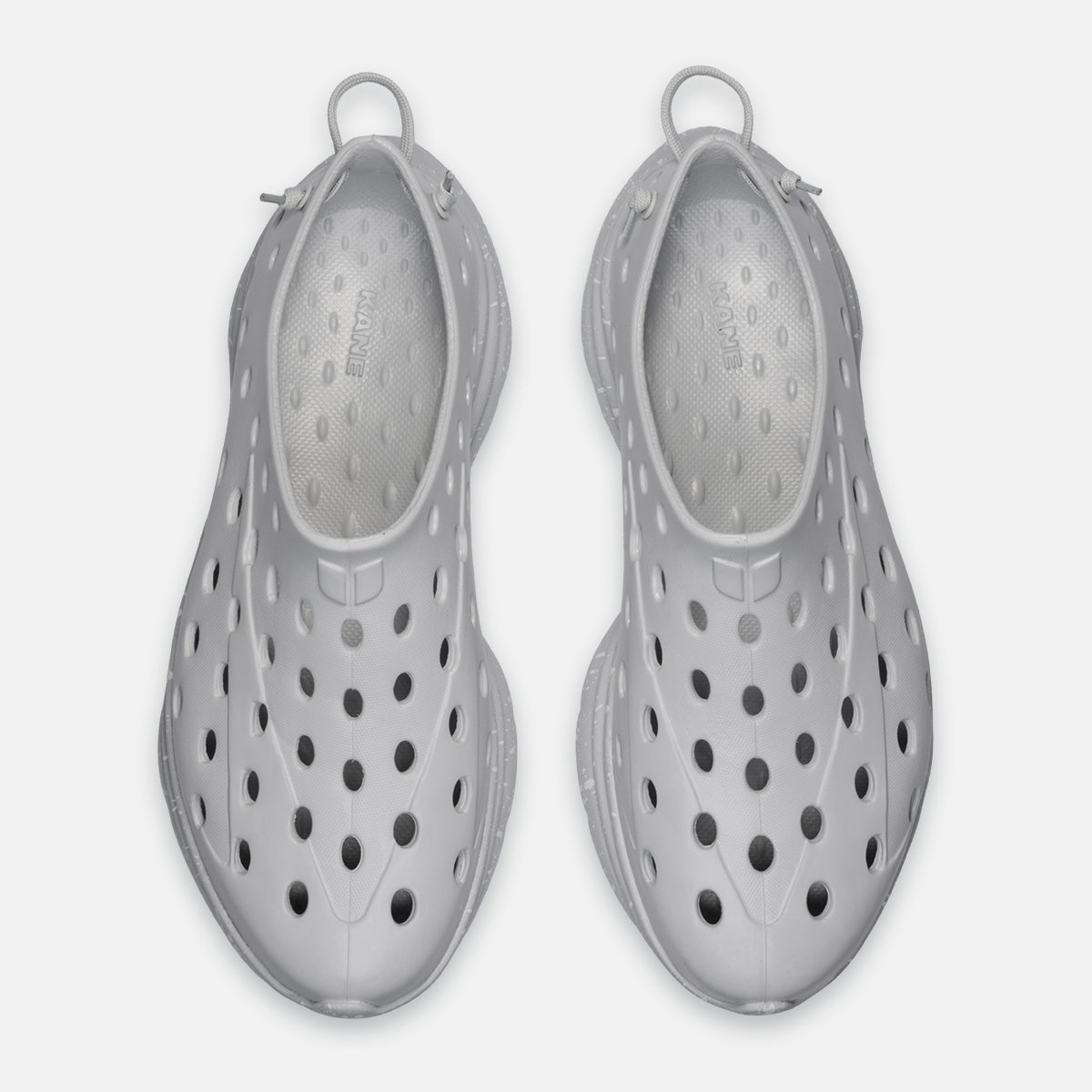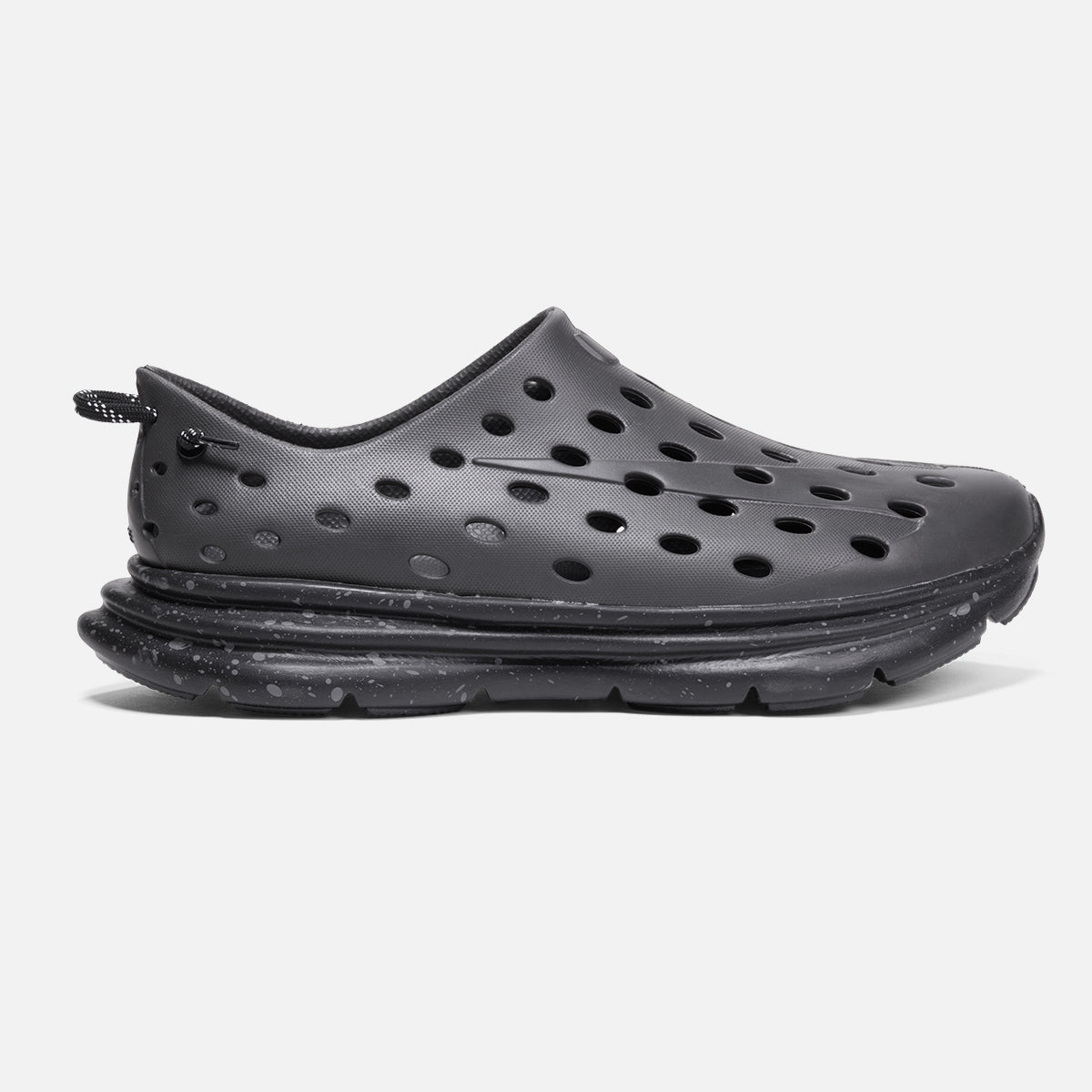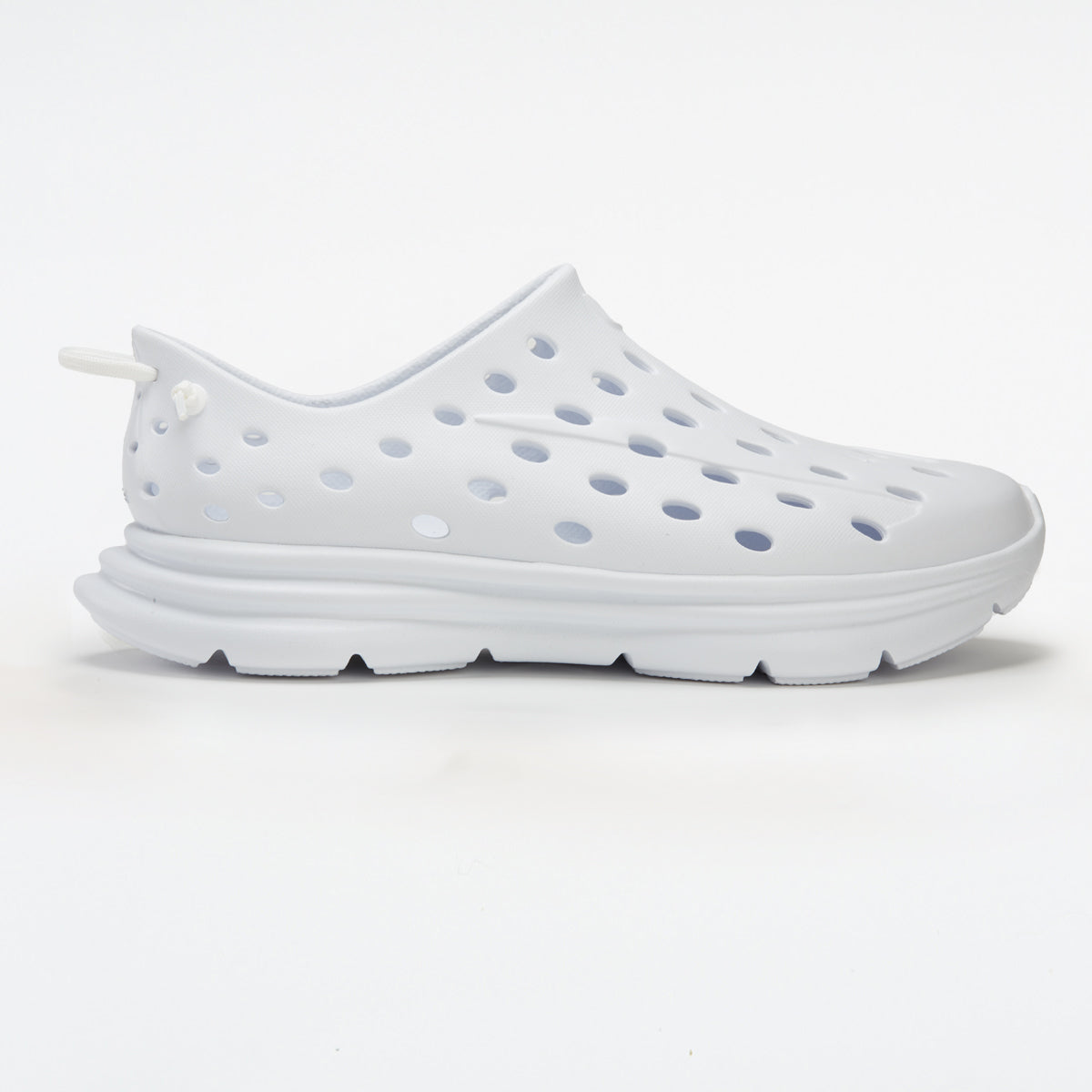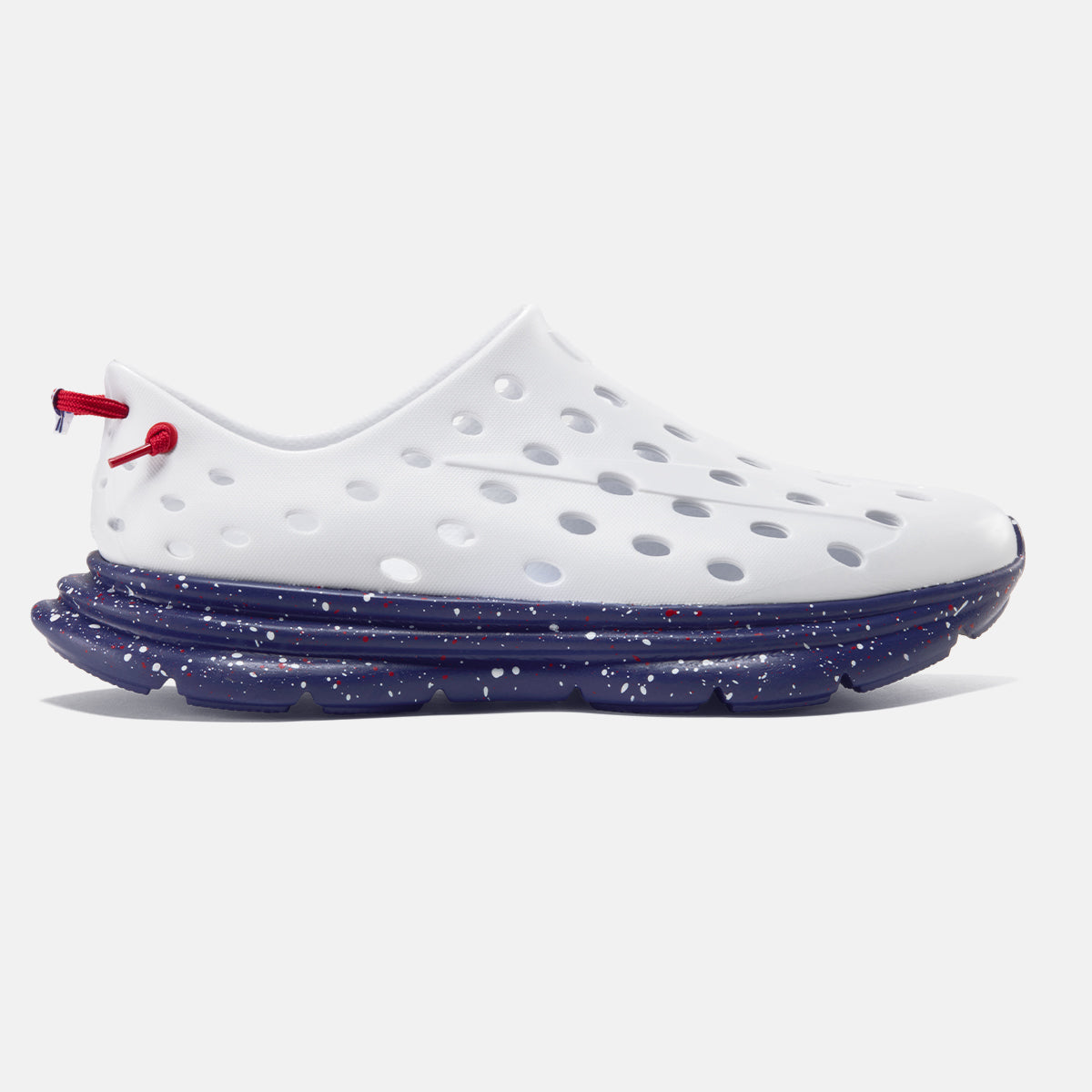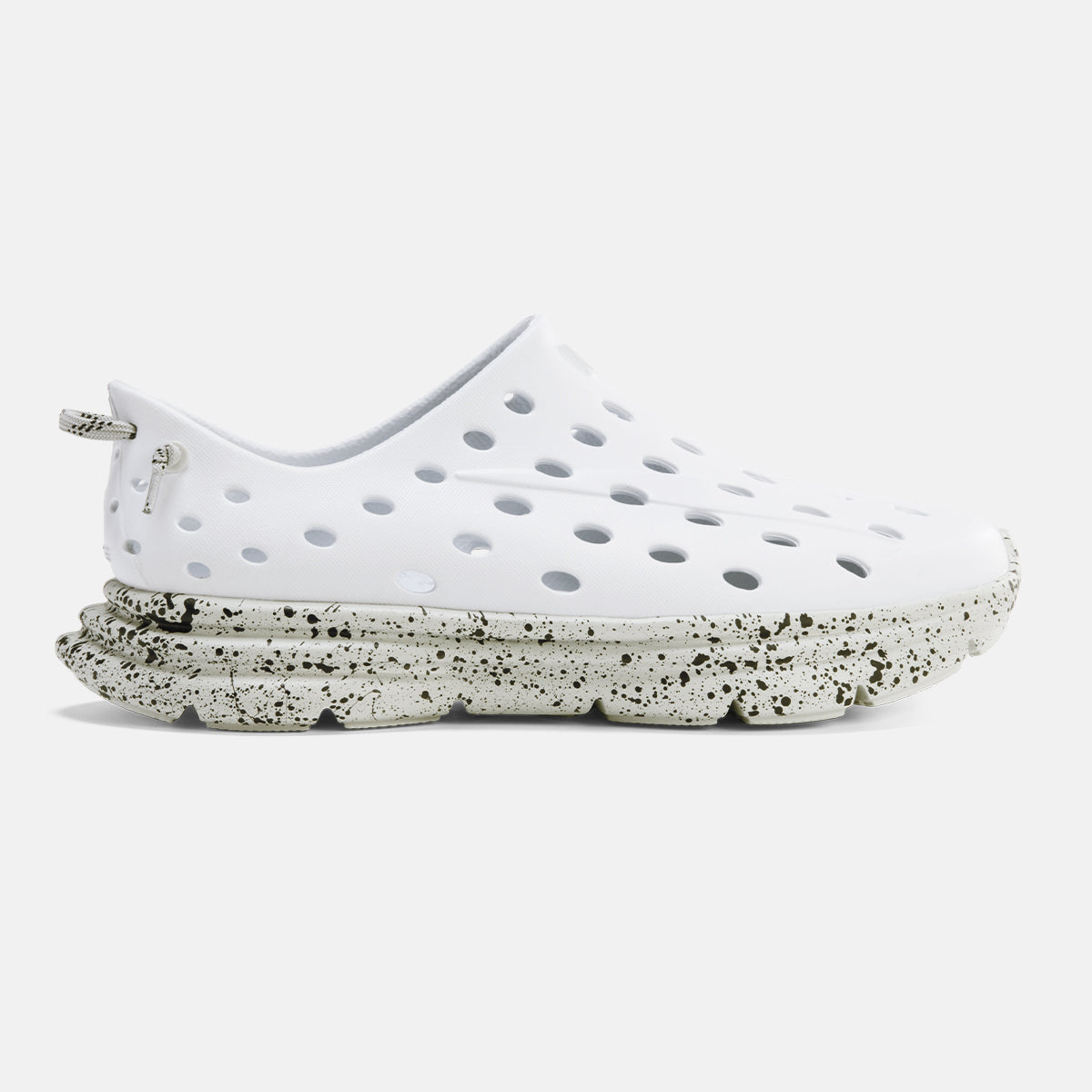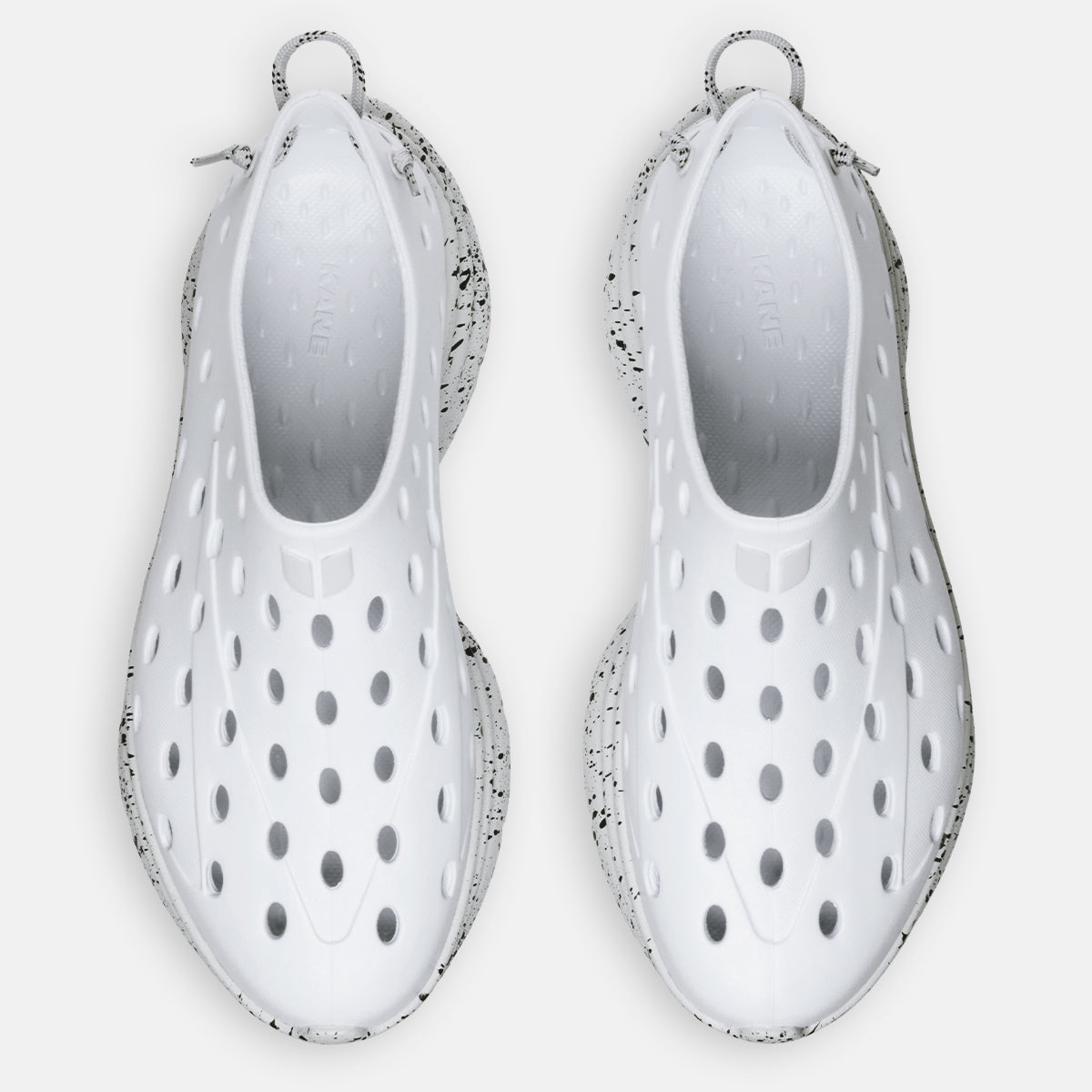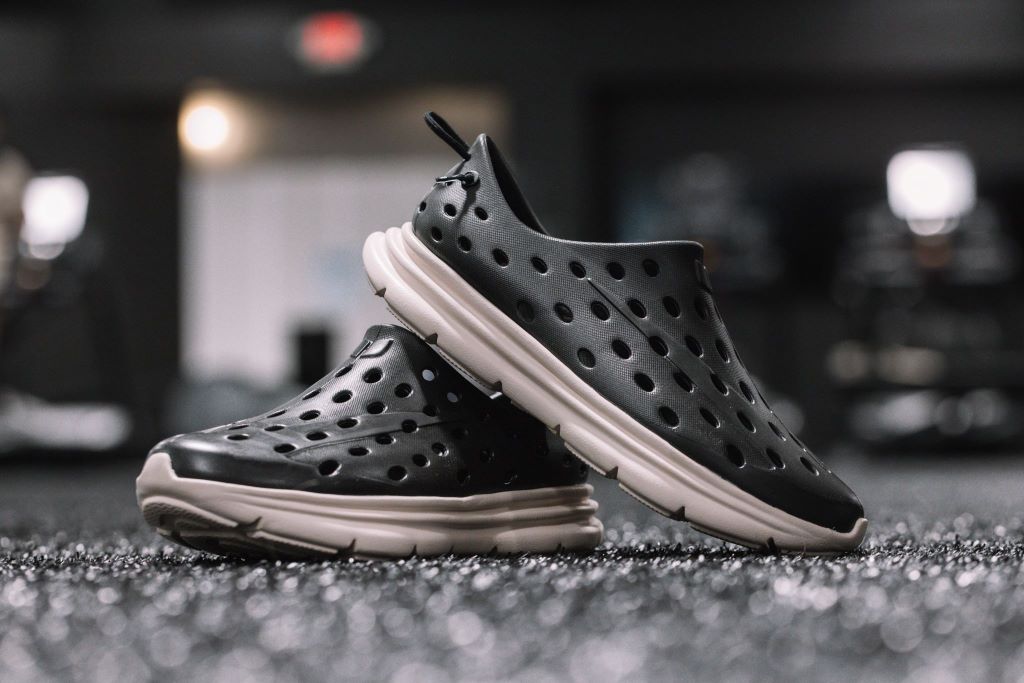Hiking shoes are a great option for walking in. They are rugged enough to withstand a variety of terrains, from asphalt to the occasional trail. They also offer great traction and are waterproof. This makes them sturdy footwear options for any walker. That’s your straightforward answer!
However, questions like “Are hiking shoes good for walking?” can also have more complicated answers. While the overarching answer is that they’re a good option, there are some things you might want to consider before getting into the habit of wearing your hiking shoes for walking.
Let’s dig into more detail.
What is a hiking shoe?
Hiking shoes are footwear designed specifically for rough trails and terrains. Their core function is to provide comfort, support, and protection to your feet while walking on these uneven surfaces.
In terms of construction, hiking shoes are sturdy. They're usually made of durable materials such as leather, synthetic fabrics (or a combo of both.)These materials prioritize durability, and breathability, and are typically water-resistant or waterproof.
In terms of looks, hiking shoes are usually a low-cut or mid-cut design. This provides ankle support while allowing for more freedom of movement. The soles of hiking shoes are designed with deep lugs or treads to provide traction and grip on various surfaces, including mud, rocks, and loose terrain, in both slick and dry conditions.
While hiking shoes are sturdy and generally bulkier than everyday sneakers, they're designed to be lightweight and comfortable (especially compared to hiking boots), allowing hikers to move more easily and efficiently on the trails.
Note: Hiking shoes are distinct from hiking boots, which offer higher ankle support and are generally more suitable for rugged terrain, heavy loads, or extended backpacking trips.
Pros of wearing hiking shoes as walking shoes
Even if you’re walking in a city, you can encounter a variety of terrains: From asphalt to park trails, or waterfront strolls to clambering over rocks and pebbles… even a city walk can quickly morph into a mini hike.
It’s no surprise, then, that so many of us wear hiking shoes or trail running shoes when going for a walk. Whether you’re walking your dog on a rainy day or meeting a friend for a leisurely stroll, wearing hiking boots will mean you’re ready for whatever may arise, while still feeling comfortable and not too clunky.
It's worth noting that the suitability of hiking shoes as walking shoes depends on the specific needs and preferences of the individual. If you primarily engage in walking activities and don't require the additional features provided by hiking shoes, regular walking shoes or sneakers may also be a suitable choice.
Here are some of the main reasons so many of us have turned our hiking shoes into daily walking shoes:
Comfort
Hiking shoes are designed with comfort in mind. They often feature cushioning in the midsole and supportive footbeds, which helps reduce fatigue and provide comfort during long walks. So if your dog walk tends to turn into a longer tramp around the park, or you and your friends tend to "just keep going" when you meet up for a walk, hiking shoes will keep you comfortable the whole way.
Support
Hiking shoes provide excellent support for the feet and ankles. In fact, ankle-support hiking shoes provide significantly more support than regular walking or running shoes. If your walks cover a variety of terrains, this can be especially useful (from asphalt to park trails with rocks and roots.)
Durability
Basically, they're built to last. Hiking shoes or trail shoes are performance gear, not fashion wear so they're designed to withstand the rigors of outdoor activities. They are made from durable materials and often feature reinforced toe caps and sturdy outsoles. As a result, they tend to be more durable and long-lasting than regular walking shoes.
Traction
As mentioned in the last section, quality hiking shoes often have rugged outsoles with deep lugs or treads. This means they are designed to provide excellent traction on various surfaces. When hiking, this is useful for rugged terrains and slippery rocks. But on everyday walks, this can be good for slippery sidewalks (especially in winter) or when you decide to go "off asphalt" and hit a city park.
Versatility
Hiking shoes can be quite versatile. While they are primarily designed for hiking, they can also be used for other outdoor activities like walking, trekking, or light trail running. This makes them a practical choice if you enjoy engaging in various outdoor pursuits. For people who sometimes end up turning short strolls into longer jaunts, this can be useful. After all, there's nothing worse than setting out and realizing too late that you've worn the wrong footwear. A hiking shoe will stand by you whatever spontaneous detours you throw at it!
Possible cons of wearing hiking shoes as walking shoes
I think it’s clear why many of us would readily switch our walking shoes for hiking shoes. However, while hiking shoes can be a good option for walking, there are some potential drawbacks to consider when using them as walking shoes. Whether these impact your ultimate decision, though, is mostly about personal preference and comfort.
Stiffness
Hiking shoes are often designed to provide stability and support on rough terrains. However, this can make them stiffer than regular walking shoes, which may limit the natural flexibility of the foot during walking. This stiffness can be less comfortable and restrict the foot's range of motion.
Weight
Compared to more lightweight shoes (like most walking shoes or sneakers), hiking shoes tend to be heavier due to their sturdy construction and added features. This extra weight can make a difference, particularly during long walks or if you prioritize lightweight footwear.
Overkill for less demanding walks
If you primarily engage in casual walks on flat, even surfaces like city streets or paved paths, hiking shoes may be overkill. Their rugged outsoles and durable construction may not be necessary for such low-impact activities, and you may find lighter and more flexible walking shoes to be more suitable and comfortable. However, if - like me - you tend to walk by whim—sometimes venturing down trails and paths, it can be worth the overkill.
Less breathability
While many hiking shoes are designed with breathability in mind, some styles may not offer the same level of ventilation as dedicated walking shoes. This could lead to increased foot sweating and potential discomfort, particularly in hot weather or during prolonged walks.
Style and aesthetics
Hiking shoes often have a distinct look that may not be as fashionable or versatile for everyday wear as regular walking shoes or sneakers. Sneakers have become part of mainstream daywear and transition really well from street to coffee shop or even casual dining. You can pull off a sneaker without ever feeling underdressed. Hiking shoes aren’t so versatile. So, if style is a significant consideration, you may prefer a shoe that aligns more with your preferred aesthetic.
Limited cushioning
Most hiking shoes prioritize stability, traction, and protection over maximum cushioning. If you prefer a highly cushioned walking shoe that provides excellent shock absorption for long walks or if you have specific foot conditions requiring ample cushioning, dedicated walking shoes may be a better choice.
Potential cost
Hiking shoes can be an expensive pair of shoes compared to regular shoes. On the one hand, you may enjoy getting to wear your expensive hiking shoes more often—it might feel like you’re getting better value for money. However, wearing them more often also means they’ll wear out more quickly. And that means you’ll be replacing more expensive footwear more often.
It's important to consider your specific walking needs, the terrain you'll be encountering, and your personal preferences when deciding whether hiking shoes are suitable for your walking activities. Trying on different shoe options and considering the pros and cons will help you make an informed decision.
What about hiking boots: Do they make a good walking shoe?
It’s important to differentiate between hiking shoes and boots.
Hiking boots lace up further up the ankle and are designed for backpacking and serious hiking adventures on alpine or similarly challenging terrain. Hiking boots are often all leather, which means they need to be broken in and are heavy shoes. Plus, as all-leather shoes, they're often much less breathable than hiking shoes.
Moreover, this style of shoe is not designed to be flexible. The focus of hiking boots is to protect the foot from sharp, jagged rocks and stones. Toes are often steel-capped or heavily reinforced and the boots themselves are often rigid and less flexible, which can restrict the natural movement of the foot and potentially result in less comfort during walks.
In general, we do not recommend the traditional hiking boot as an alternative to walking shoes or hiking shoes worn for walking in.
But when it comes to hiking shoes, they can absolutely make good walking shoes and even everyday shoes. Ultimately, the choice is yours!







































